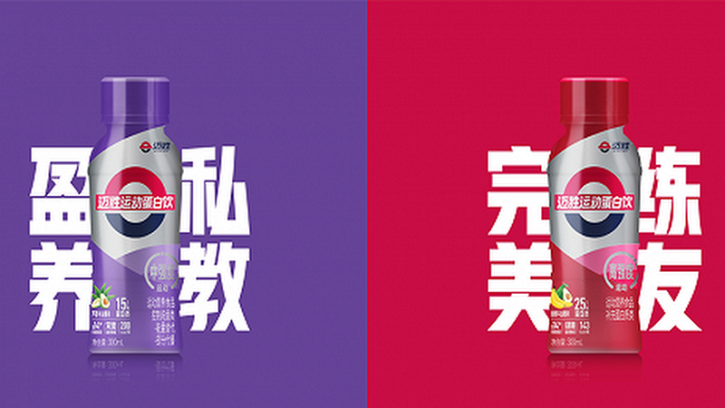Protein boost: Mengniu believes China dairy growth lies in RTD protein innovation

The interest in dairy amongst Chinese consumers has grown since the Chinese government and local industry associations identified this as a crucial source of nutrition in line with the national Healthy China 2030 objective several years ago
That said, this interest has thus far seen the most development in categories such as milk, drinking yoghurt, yoghurt, ice creams and the like, and over the next few years Mengniu believes that consumer demand for products focused on protein will trump other considerations.
“Protein is the most important component when it comes to dairy as it applies across all the life stages,” Mengniu Nutrition and Health GM Ben Wu told us at the Food and Beverage Innovation Forum (FBIF) in Shenzhen, China.
“This is especially pertinent here in China because local diets are very high in carbohydrate content, considering how rice is such an important staple, so local consumers need more protein in their diets to cut down risks of diseases such as diabetes.
“Moving forward we believe that dairy will go beyond dairy, and that RTD protein is going to be the major driver of the category – this is something that is already quite mature overseas with high penetration rates, but not so much in China yet, and this also means that products marketed as protein-rich here also tend to be more expensive on average than in many other markets.”
Wu stressed that the market opportunities in China are at a turning point for locally developed products due to this as well, with the majority of existing protein products being imported at the moment.
“The thing about these imported items is that the ingredients and flavours are not localised to Chinese tastes, so there has not been that high a scope for growth so far,” he said.
“Chinese consumers want flavours that are much lighter and it is even better if there is cultural or traditional significance incorporated in as well.
There is also an increasing demographic push for protein products due to local demographic changes, with China expected to emerge as a full-fledged ageing society by 2030.
“Between 2021 and 2030, the population of consumers aged between 55 to 64 years of age is expected to grow by about 40 million and those aged 65 and above to grow by about 90 million,” he added.
“Of all of these consumers aged 55 and over which will total a good 520 million, about 70% are expected to face protein deficiency challenges, which is where products high in protein content such as dairy are able to come in and improve this.
“There are also more professional Chinese athletes and sports people emerging to enter the global spotlight, and this is a group that also requires protein at an even higher level to meet the demands of their profession.”
Gender-based products
Interestingly, for its first range of locally-produced protein-focused beverages, Mengniu has opted to go with a gender-based differentiation.
“The new M-Action range has a ‘mid-active’ product which contains 15g of protein per bottle and is targeted at female consumers, as well as a ‘high-active’ product with 25g protein per bottle that is targeted at male consumers,” Wu said.
“This gender difference has been based on what we see as essentially genetic differences where the first is for those wanting a more trendy and natural product as it contains aloe vera and avocado extracts; whereas the second is for those wanting to handle more intense and challenging environments with avocado and banana extract for extra energy.
“The flavour of both are light and in tandem with what local consumers are looking for, as well as in the RTD format that can fit all occasions, so we are sure this range will have strong local appeal.”





